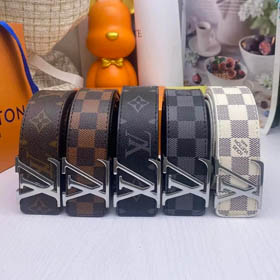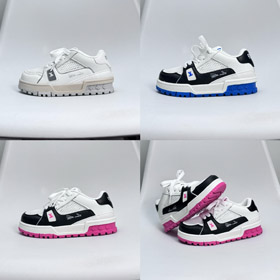The Story of Burberry: A Legacy of Innovation and Luxury
Burberry, a name synonymous with timeless elegance and British heritage, has a rich history that dates back to 1856. Founded by Thomas Burberry, a young draper's apprentice, the brand began as a small outfitter's shop in Basingstoke, England. Over the years, Burberry has evolved into a global luxury fashion house, renowned for its iconic trench coats, distinctive check pattern, and innovative designs.
One of the brand's most significant contributions to fashion was the invention of gabardine in 1879. This revolutionary fabric, waterproof yet breathable, was the result of Thomas Burberry's relentless pursuit of functionality and style. It quickly became the material of choice for outdoor wear, and its success paved the way for the creation of the Burberry trench coat in the early 20th century. Originally designed for military use during World War I, the trench coat has since become a symbol of sophistication and practicality, embraced by people from all walks of life.
Burberry's signature check pattern, introduced in the 1920s as a lining for its trench coats, has become one of the most recognizable motifs in the fashion world. The pattern, with its camel, black, red, and white stripes, exudes a sense of understated luxury that has captivated generations of fashion enthusiasts. Today, the check is featured on a wide range of Burberry products, from scarves and handbags to clothing and accessories, making it a timeless emblem of the brand's identity.
In the 21st century, Burberry has continued to innovate while staying true to its roots. The brand has embraced digital technology, becoming one of the first luxury labels to livestream its fashion shows and integrate augmented reality into its customer experience. This forward-thinking approach has allowed Burberry to connect with a new generation of consumers while maintaining its position as a leader in the luxury market.
For those interested in exploring Burberry's latest collections, this detailed product guide



















